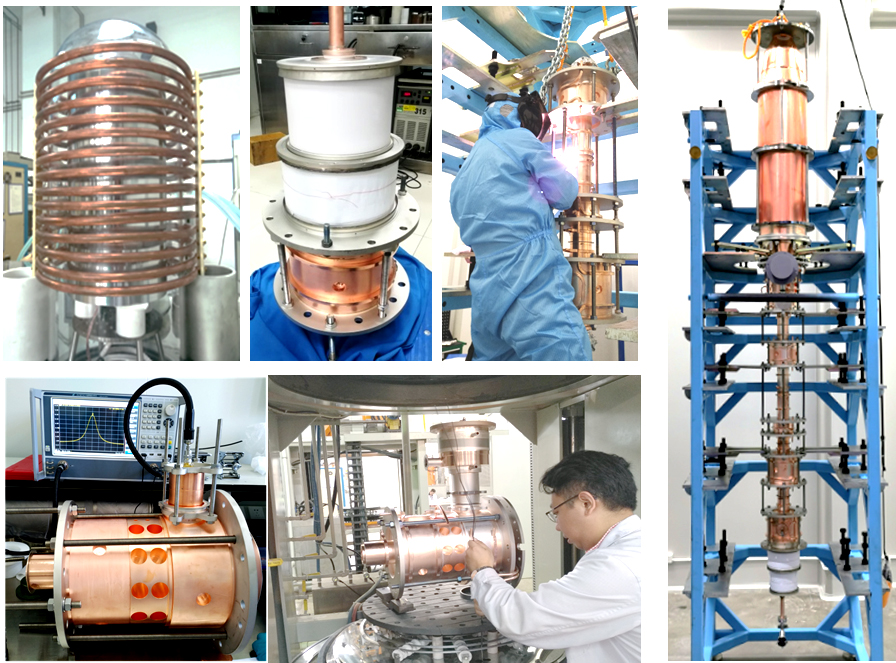AIR Scientists Contribute to Klystron R&D for Circular Electron-Positron Collider
The 650 MHz klystron prototype for the Circular Electron-Positron Collider (CEPC) has been successfully developed in March 2020, featuring continuous wave (CW) and pulse output power of 400 kW and 800 kW respectively, and 62% efficiency, according to a news release from the Aerospace Information Research Institute (AIR).
CEPC is a large international scientific facility proposed by the Chinese particle physics community in 2012. The planned CEPC will be constructed in a circular underground tunnel of approximately 100 km in circumference, characterized by a design of double-ring collider with electron and positron beams circulated in opposite directions in separate beam pipes.
P-band CW high-powered klystron is a key component of CEPC.AIR scientists contributed to its R&D by participating a joint research group which was founded in November 2017 with focuses on the 650 MHz, and 800 kW CW klystrons.
Specifically, AIR scientists were in charge of the processes including simulation design check, engineering structure design, welding and assembly technologies, manufacturing mold design, manufacturing and exhausting of electron gun, cold testing of microwave cavity, manufacturing and testing of RF output components. The assembly of the klystron has been completed in October 2019.




News & Events